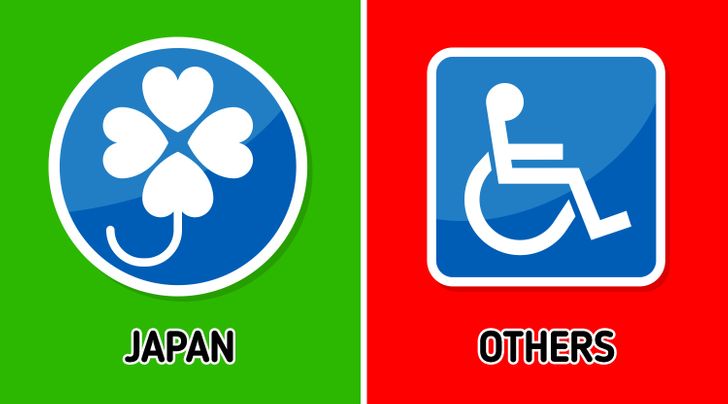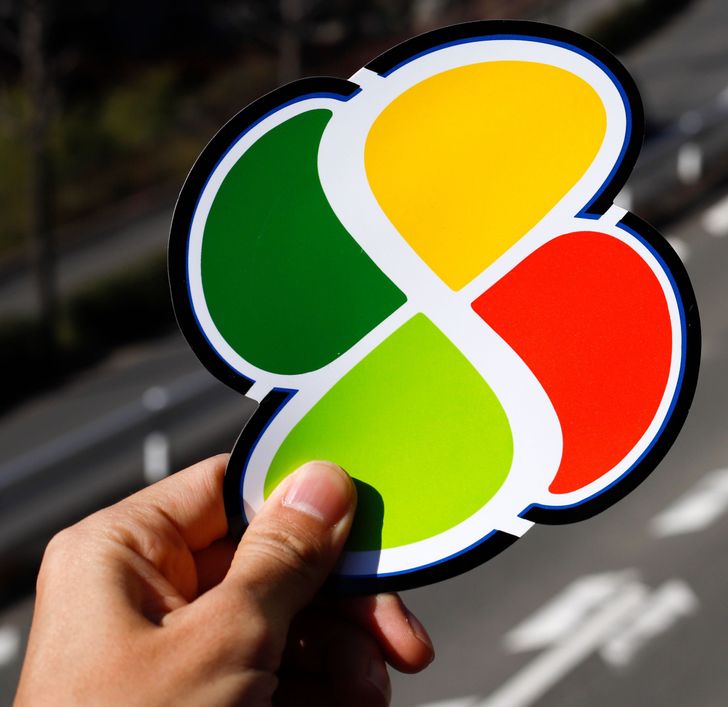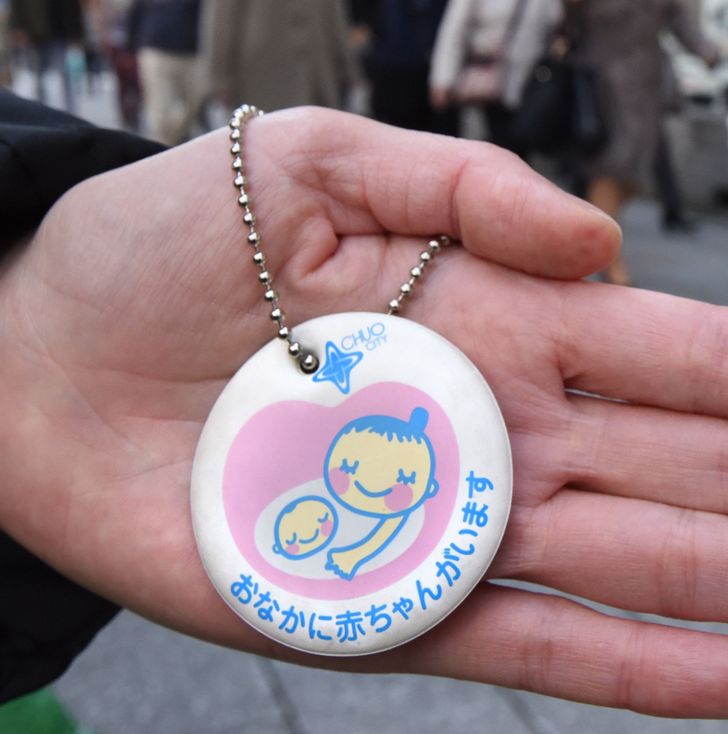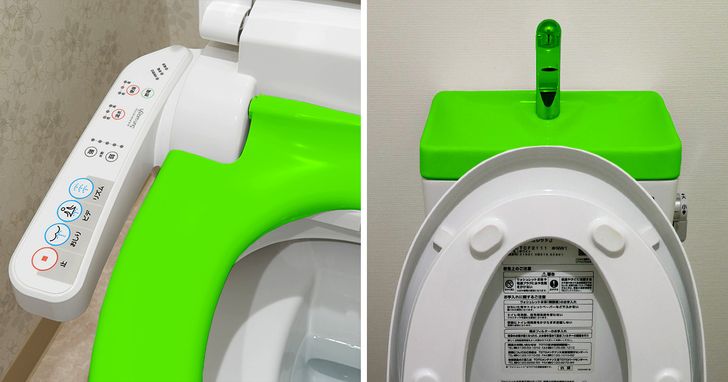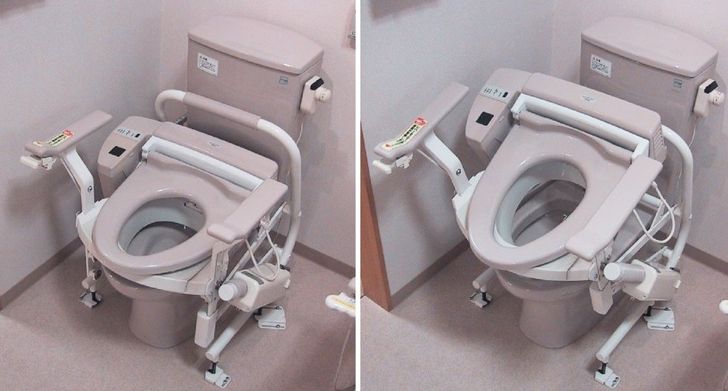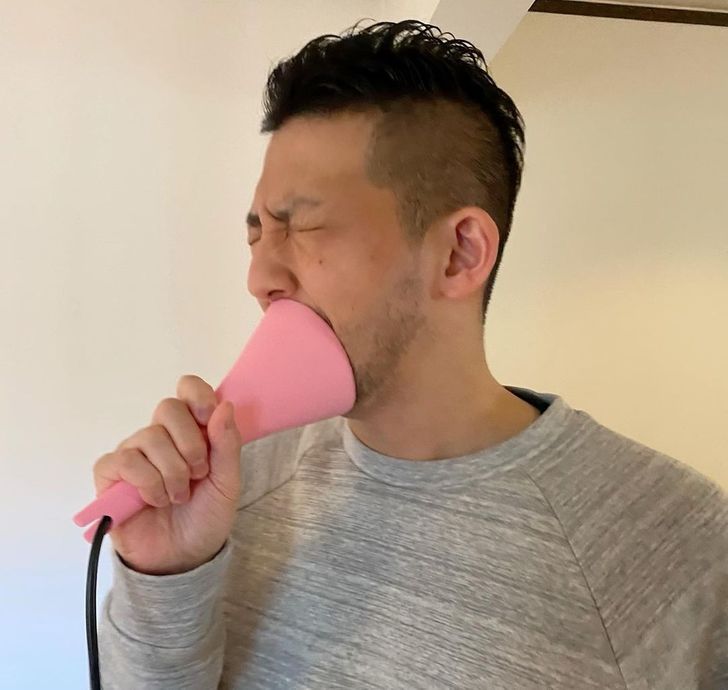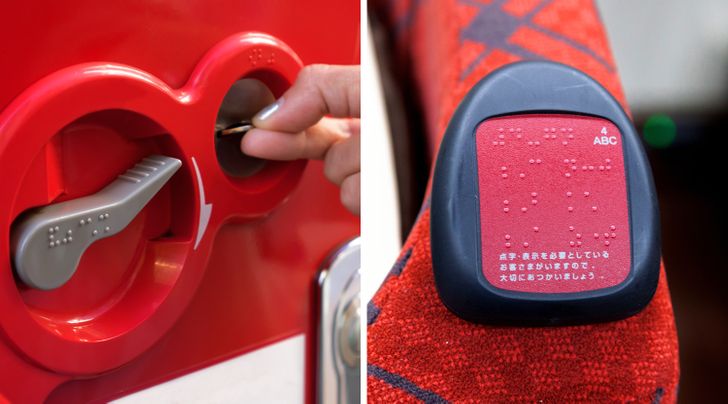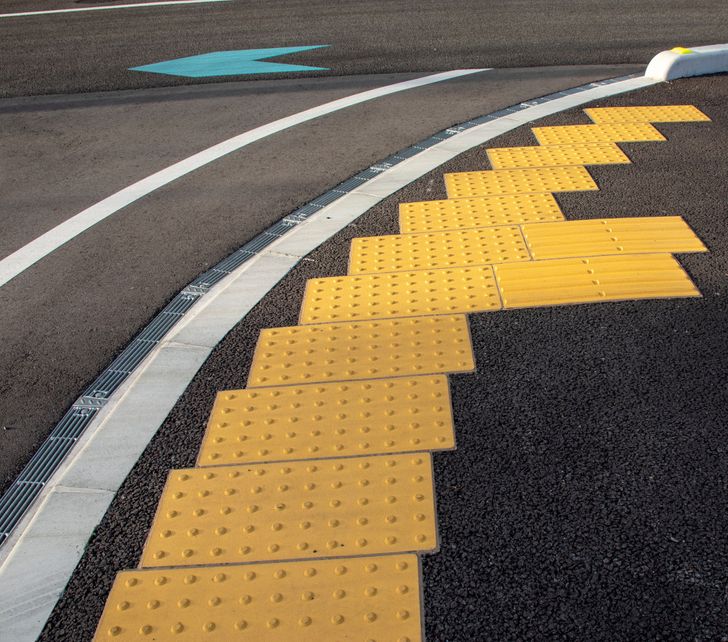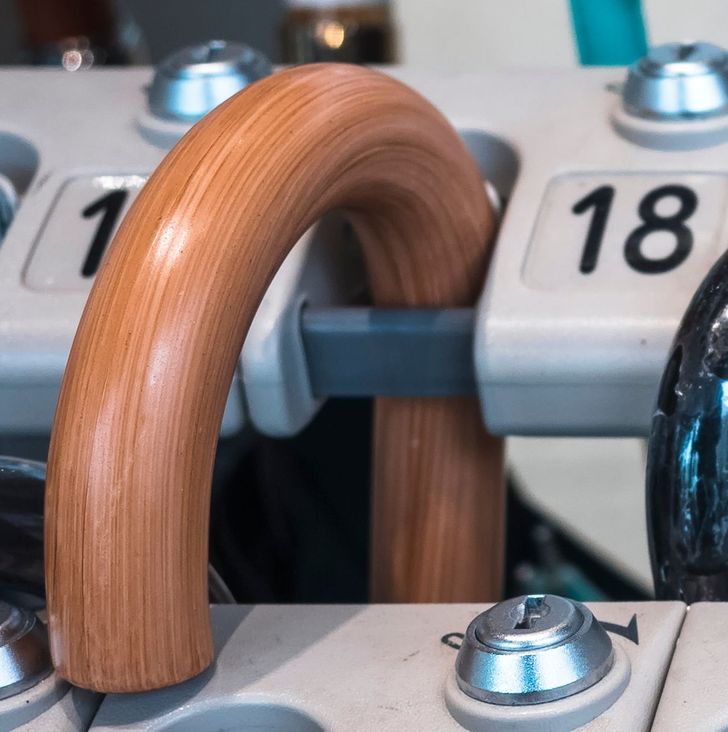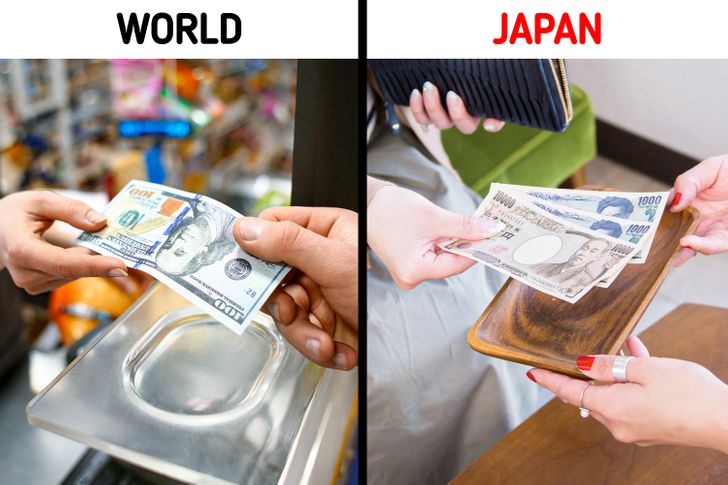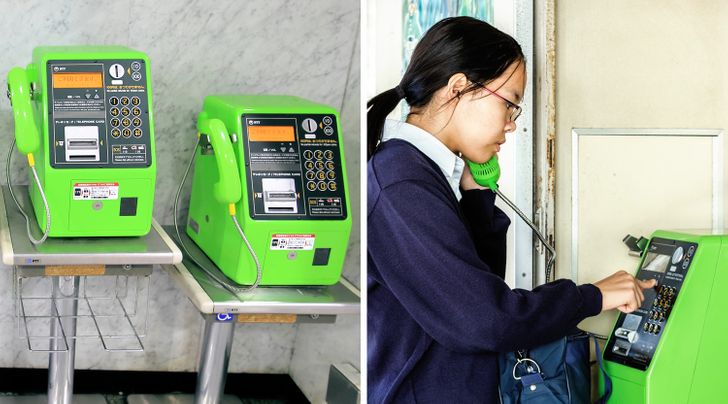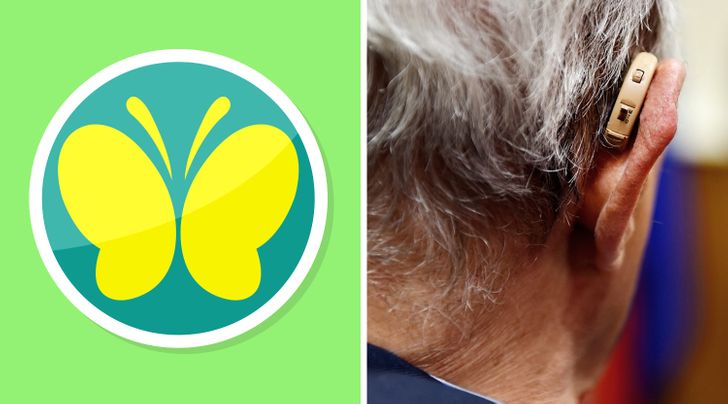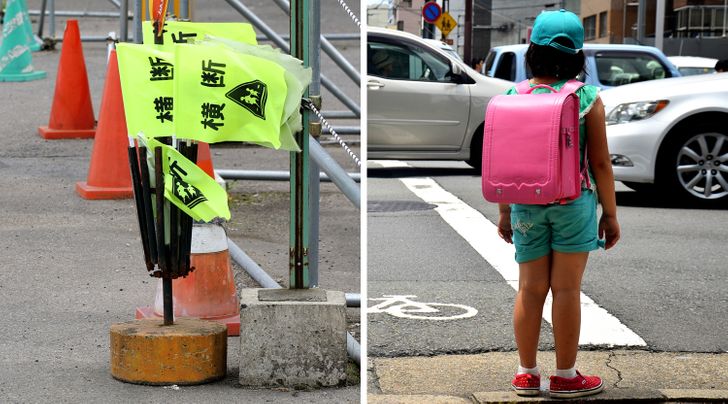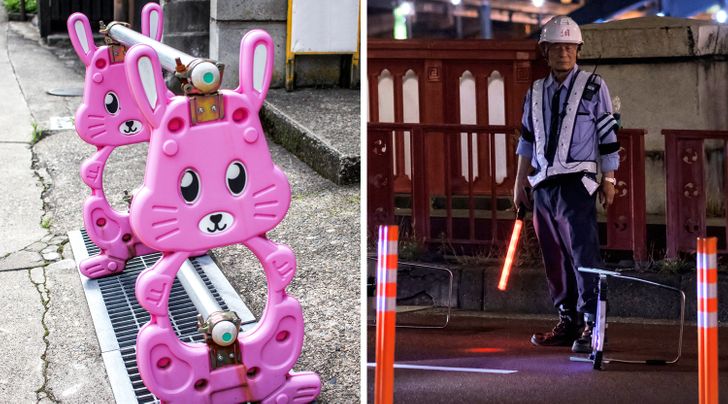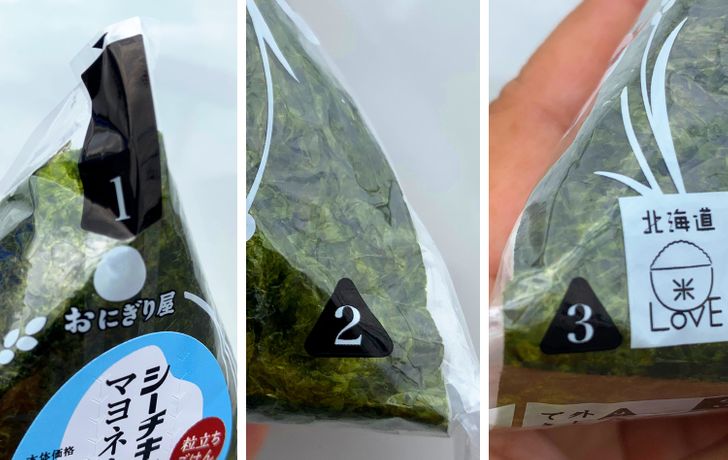I loved almost all of those:especially #1 🥺 SWEETNESS OVERLOAD
15 Things in Japan That Make Everyone Feel Loved and Cared For
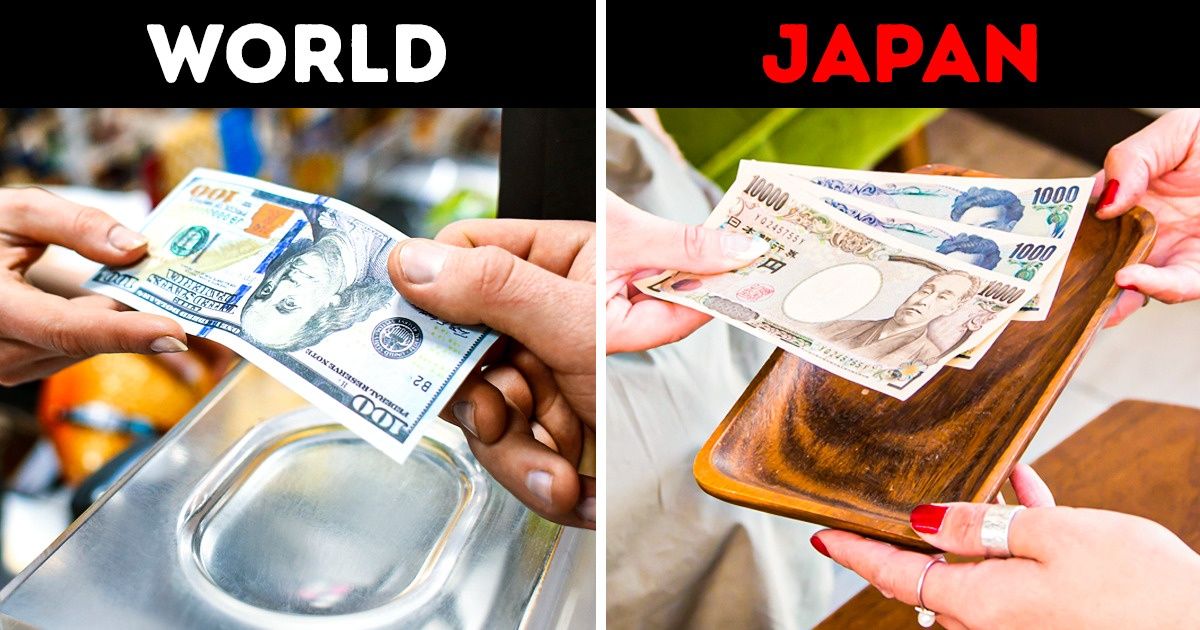
Bright Side takes a closer look at the simple things in Japan, where a lot of heart and thought went into making them.
1. Car stickers for the disabled
The International Symbol of Access is a label with a person in a wheelchair, but Japan chooses to use a 4-leaf clover for a handicapped driver’s mark instead. The reason is to avoid any confusion that makes one think that all disabled people use a wheelchair. Since a 4-leaf clover is generally considered lucky because it is not very common, the symbol gives the idea of being unique, instead of lacking abilities.
2. Car stickers for elderly drivers
It is recommended for drivers who are 70 years old or older to use the elderly car mark (or Kōreisha mark), especially if their age could affect their driving. Drivers aged 75 and over are required to display this mark. This way, other drivers can be aware and be more considerate of the elderly driver. Having this mark also gives drivers the right to park in a reserved parking space.
3. Pregnancy badges for pregnant ladies
A pregnancy badge with, “There is a baby in my stomach,” written on it can be displayed by pregnant ladies so that other train takers can give up their seats on crowded trains. This is to make pregnancy a little less straining and stressful.
4. Heated toilet seat with a sink
We have all heard of fancy toilets in Japan, but some of them come heated, which is great during the winter, and they also come with a sink where water flows after you flush. The idea is that after flushing, you’d want to wash your hands and the used water will then be used for the next time you flush. This means there’s a little less waste of water.
And an electric raised toilet seat for the elderly
5. “Silent” karaoke microphone
Home karaoke can be a nuisance to neighbors, especially if you live in an apartment. To solve this problem and to still get to sing your heart out in your pajamas, Japanese companies created microphone cones that block out about 70% of the sound you belt out.
6. Braille on everyday items
The Japanese use of braille for the blind is pretty wide. They have braille on cans to separate alcohol and other beverages, on toilet buttons, on maps, on seat numbers on the bullet train, on coin machines, and even on glue bottles!
7. Yellow lines on sidewalks to guide the blind
Inspired by braille, Seiichi Miyake created the yellow tactile lines. They’re yellow so that they could easily be spotted by people with bad vision who can still see. The dots are to warn of danger in front while the long bars are to give direction to the blind.
8. Umbrella holders with locks
Some places in Japan offer umbrella lockers to keep your umbrella so that it won’t be stolen. You can then move around in the building easier without poking others. No wet umbrellas inside also means the floor won’t get wet and no one will slip and fall.
9. Using a small tray to pay with cash
Using a tray to pay with cash is not just a polite gesture, it is practical too. Customers can easily see if they have been given the right change and there’s less of a risk that coins will drop.
10. Public telephone booths are wheelchair-friendly.
Even today, where smartphones are widely used, Japan still retains its payphones in case of natural disasters. These public phones are often placed lower than eye level to cater to people in wheelchairs.
11. Car stickers for the hearing impaired
Not only does Japan recognize hearing-impaired drivers by introducing this mark, but it also means that other drivers are expected to be patient when dealing with drivers with this mark on their vehicle. The symbol represents ears that are arranged to look like a butterfly because the word for listening (chou) when doubled becomes the word butterfly (chouchou).
12. Yellow flags for kids to cross busy roads
Since children in Japan often travel on their own, they’d have to cross the road without adult supervision. Yellow flags to alert motorists that someone is crossing are available on the sidewalks of busy roads. Children can use these and return them to a bin on the other side of the road.
13. Construction work is done smoothly and with adorable props.
In order to not disturb others, workers are required to minimize noise levels from construction work. Some construction work is only done at a specific time, and if there’s any change in a route, there will always be someone to guide pedestrians. It doesn’t hurt that props, like the cones used, are usually pleasing to the eye too!
14. Packaged food is made to be opened without a hassle.
Packaged food in Japan, especially the food from their convenience stores, often comes with easy steps on how to open the packaging. They’re well-thought-out so that customers won’t have to work hard to open them while preserving the freshness of the food.
15. Bags that deer can eat
Bags are made from milk cartons and rice bran to keep deer in Nara, Japan safe from eating the plastic packaging that tourists throw away. Even though there has been a slump in tourism lately, several firms are working together to protect their natural treasures.
Have you ever seen these things in Japan before? Is there something similar in your own country? Let us know in the comment section!
Comments
I remember #14 happening in other countries too...
what
That is so cool! I miss being in Japan!
Related Reads
How 15 Actresses With Unusual Appearances Would Look If They Followed Modern Beauty Trends

20 Ordinary Things That Hide a Lot of Secrets From Us

16 Amazing Things From Japan That Should Be Everywhere on Earth
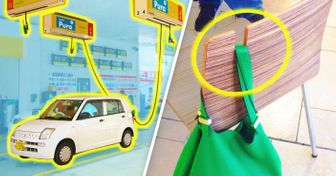
I Didn’t React the Right Way to My Husband’s Cheating Prank and Now Our Marriage Is Dying

15 Texts From People Whose Logic Breaks All Boundaries

16 People Whose Middle Name Is “Surprise”

Pamela Anderson Stuns at the Oscars Without Makeup and Sparks Criticism, «The Hair Is Tragic»

My Brother Proposed at My Wedding, a Year Later I Got Revenge on Him

My Coworker Reports Everyone to HR to Get Bonuses—So I Turned the Tables

11 Times People Showed That Real Courage Isn’t Loud—It’s Kind

My Mom Ignored Me for Years, Then Suddenly Begged Me for Help

20 Tutors Reveal What Really Goes On Behind Closed Doors

